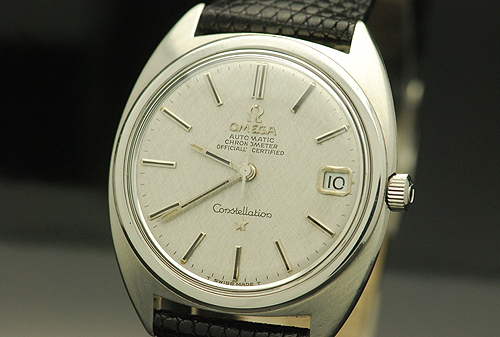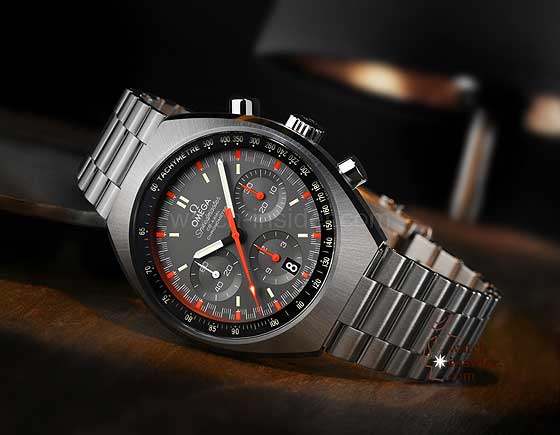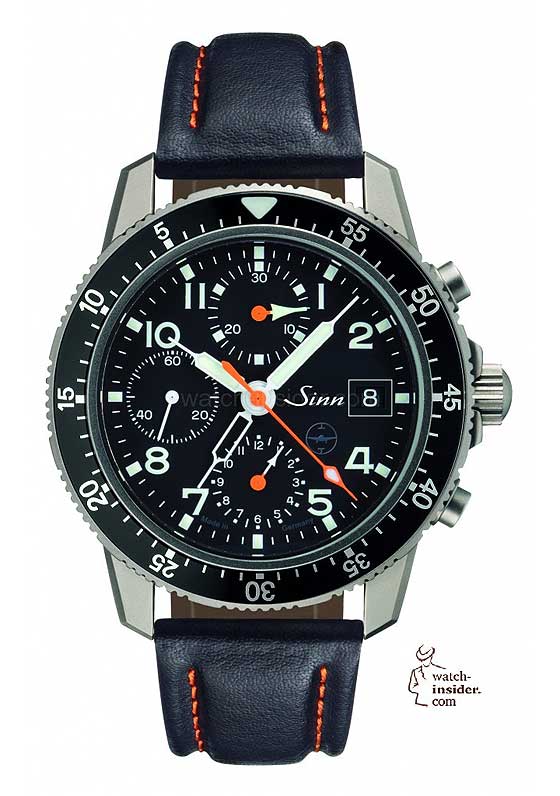With this series of Omega articles, we will zoom in on some of the other interesting models that Omega manufactured (or still manufactures). This first post is about my personal picks of Omega watches that can be had for under $1,000. That’s right, even though new Omega watches are far more expensive, $1,000 or less can still buy you some very interesting vintage or pre-owned models from the 1950s, ’60s and ’70s. Many are watches that are renowned for their quality in-house movements by collectors and enthusiasts.
As collecting vintage Omega watches — especially the Seamaster and Speedmaster models — gets more popular, prices have gone up drastically over the last decade. However, it is still possible to get other interesting watches under $1,000. Many are in the Constellation collection, once Omega’s flagship model. The collection goes back to 1952 and Constellation watches are praised for their precise chronometer movements. An all-gold Constellation was more expensive than a Rolex Day-Date with President bracelet back in the 1950s and ’60s. All-gold Omega Constellations cost well over $4,000 – $5,000 these days, but are still cheaper to source than an all-gold Rolex Day-Date Reference 1803 with President bracelet. Omega’s Seamaster watches go back to 1948 and, in addition to the famous Seamaster 300 diving models, Omega made a number of Seamaster dress watches that are worth checking out.
The fact that these watches can be found for under $1,000 has little to do with their quality or beauty; the issue with most of them is that today’s watch enthusiasts find their 34-mm case diameters to be too small. Other find that, when worn on a nice leather strap, such a watch makes the perfect dress watch for formal occasions. The era in which you could find a Speedmaster Professional “Moonwatch” for under $1,000 is over, however, unless you’re lucky enough to find someone who doesn’t know what he or she is selling.
Here’s what I found during a quick search on the interwebs.
Omega Constellation Reference 2852 10SC, ca.1961
Let’s start with a couple of Constellation models you should be able to source for under a grand. Although this watch looks a bit used, worn, or perhaps even “damaged,” some might appreciate its “patina.” Although I am not too fond of dials that are scarred, this one does show that the watch has seen a bit of the world. This piece reminds me of an old, comfy-looking leather Chesterfield couch. This is an early 1960s model that has a Caliber 505 movement. These first series of Caliber 50x movements came right after their bumper movements (Caliber 354 and so on) and are considered to be solid performers. After the 50x series, Omega came up with the 55x and 56x movements, which are improved versions. Just like all other Constellation watches of that period, this one was chronometer-rated. The dial has the “officially certified chronometer” wording and the movement has “adjusted to 5 positions and temperatures” engraved. This reference 2852 10SC Constellation has a 35-mm case diameter and has the fancy lugs and and 10-sided winding crown. The dial has quite a bit of patina, but is still very readable, with large dauphine hands. It’s not shown in the pictures, but on the caseback of this Constellation (as on all the current models, as well, I believe) is an embossing of an observatory. This particular model has a gold emblem on the back, with the Geneva observatory.

Omega Constellation ‘C’ Model reference 168.017 ca.1968
Later in the 1960s, Omega came up with a different case design for the Constellation collection. While the famous round “pie-pan” models were still available during the time, Omega also introduced the “C”-shaped model. The one I picked is Reference 168.017. It contains automatic Caliber 564, which has a quick-set feature. This model appears to be larger than the round models, mainly due to the integrated lugs, but is also just 35-mm in diameter. It certainly wears larger, though. You will also be able to find these models from a later period with a 300-Hz tuning-fork movement.
Although the case shape is a bit peculiar for today’s tastes, perhaps, the dial is something you should pay attention to. It has a very nice texture, which is a bit difficult to see in the picture, and the stick-shaped hour markers have onyx inlays. The caseback has the Geneva Observatory emblem, of course.
As you can see on the picture of the movement, the gold-copper finish is very nice to look at. If you are going to buy a vintage Omega with a similar caliber, make sure to have a peek at the movement before you buy. Some of them have green spots (moisture) or patina (also moisture) and if there are too many of these spots, I would leave the watch alone.


Omega Seamaster De Ville 166.020 ca.1968
Before the De Ville became a stand-alone collection of watches, Omega used this name for some of the dress watches in its Seamaster collection. A number of these Seamaster dress watches actually are not that much different from the Constellation watches, except that the Constellation models always had chronometer-certified movements and the cases were a bit fancier.
This Seamaster De Ville also has an automatic caliber (565) and has a gold-capped case. Do not mistake this for a plaque or double; it is more like a shell of solid gold that goes over a stainless-steel case. You could say these were the two-tone watches of that era. Unfortunately, the watch in this photo does not have an original crown (it is unsigned and slightly too big) but with a bit of luck you might find either an original spare crown, or even a model with the correct crown. The stainless steel caseback has the Seamaster logo and Seahorse image embossed.





